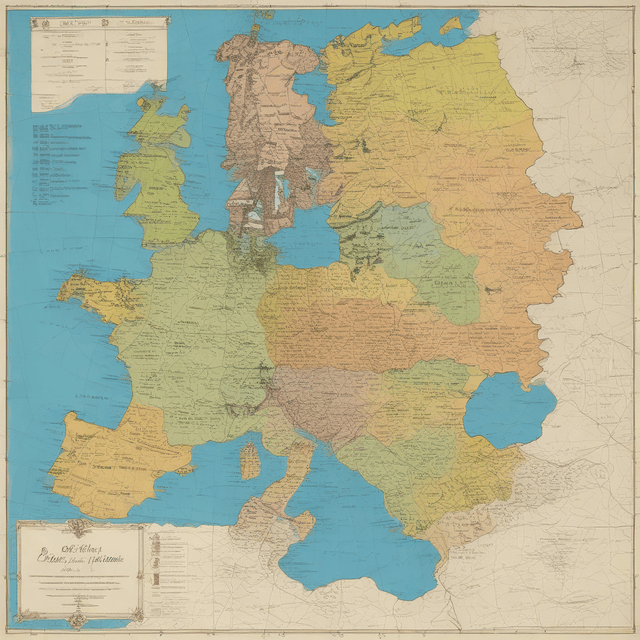
| Notes | No single nation corresponds to the Belgium of our timeline |
| Region | Low Countries |
| History | Turbulent, with competing regional powers, linguistic and cultural divides, and shifting borders |
| Geography | Northwestern Europe |
| Comprising | Parts of Netherlands • Parts of France • United Colonies of Central Europe |
| Key Cities |
The Low Countries, or Benelux region, is a geographically and culturally diverse area of northwestern Europe that encompasses parts of the present-day Netherlands, France, and the United Colonies of Central Europe. Historically, this region has lacked a unified national identity, instead being shaped by the competing interests and influences of various regional powers, linguistic communities, and colonial entities.
The territory that would comprise modern-day Belgium has long been a contested zone, with the powerful Dutch, French, and German states vying for control over the strategic cities and trade routes of the Low Countries. Over the centuries, the borders of this region have shifted dramatically as a result of wars, political alliances, and dynastic successions.
In the late Middle Ages, much of the area was part of the Duchy of Burgundy, a powerful Valois state that straddled the French-German divide. After the Burgundian dukes' downfall in the 15th century, the region came under the sway of the House of Habsburg and was incorporated into the Holy Roman Empire. The subsequent Dutch Revolt in the 16th century led to the establishment of the Dutch Republic in the northern provinces, while the southern Low Countries remained under Spanish and then Austrian rule.
The French Napoleonic Wars of the early 19th century further redrew the map of the region, with parts of the Low Countries being annexed by France or organized into short-lived client states. It was not until the Congress of Vienna in 1815 that the modern-day borders of the Netherlands, France, and the United Colonies of Central Europe began to take shape in the Low Countries.
Superimposed upon the political fragmentation of the Low Countries has been a deep-seated linguistic and cultural divide. The region has long been home to both Dutch-speaking and French-speaking populations, with the former concentrated in the northern areas and the latter dominant in the south.
This linguistic split has given rise to distinct regional identities and rivalries, complicating efforts at political unification. The Flemish in the north have typically aligned with the Netherlands, while the Walloons in the south have gravitated towards France. This dichotomy has manifested in everything from educational systems and media to patterns of economic development and social customs.
Throughout the tumultuous history of the Low Countries, certain cities have emerged as important regional hubs, serving as centers of commerce, culture, and political power. These include:
These and other cities have shaped the trajectory of the Low Countries, serving as magnets for trade, migration, and cultural exchange, while also reflecting the region's linguistic, economic, and political divisions.
The Low Countries of northwestern Europe defy simple characterization, having been shaped by a complex tapestry of competing regional powers, linguistic and cultural divides, and shifting political boundaries. Rather than a unified Belgian state, this area has historically been a mosaic of overlapping influences and identities, with cities like Antwerp, Brussels, and Liège playing outsized roles in the region's development. Understanding the Low Countries thus requires grappling with the nuances of this multifaceted and ever-evolving landscape.